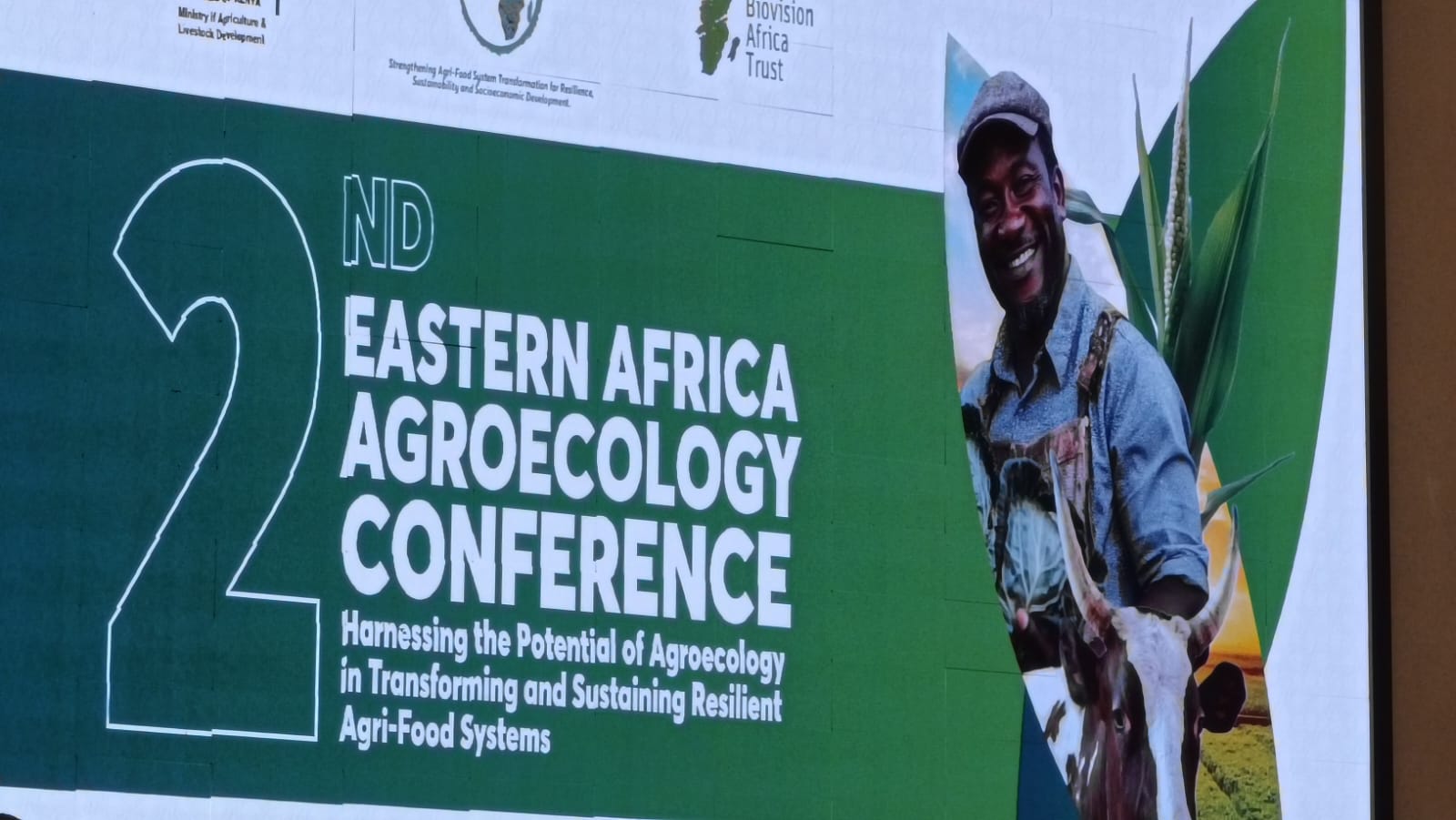The recently concluded second Eastern Africa Agroecology Conference was an experience of inspiration, innovation, and collaborative spirit. We at 3E Africa were privileged to be part of this vital gathering, where global experts and practitioners converged to discuss the future of sustainable agriculture.
Content related to the following topics
Embracing Syntropic Agriculture for Sustainable farming Practices
Recognizing the critical need for sustainable agricultural solutions, 3E Africa recently invested in comprehensive training for its staff on the principles and practices of syntropic agriculture. This regenerative approach, which mimics natural forest ecosystems, is seen as a vital component in achieving our organization’s goals for long-term agricultural sustainability
Empowering Mau Juhudi through Milk Value-addition
In the highland counties of Kenya, dairy farming has long been a cornerstone of the local economy. Many farmers practice small-scale operations, each tending to a few cows that produce an average of 5 litres of milk per milking session. While traditional milk products have been passed down through generations, their short shelf life and nutrient loss often limit their economic potential.
Minting Money from Pawpaw and Vegetable Farming in Arid Areas: The Story of Sarah Ruto.
Sarah Ruto, a 48-year-old resident of Kaptich village in Marigat subcounty, Kenya, was familiar with the challenges of farming in an arid and semi-arid area (ASAL). For years, she relied on maize farming primarily for commercial purposes, generating income only once a year, which mainly went towards her children’s school fees.
Empowering Marigat women through sustainable poultry farming.
In Marigat, a Kenyan area known for its arid and semi-arid climate, malnutrition a is prevalent. Unpredictable rainfall patterns make achieving food security a constant struggle. The dry seasons render large parts of the year unproductive.
Hermetic Grain Silos: A sustainable solution to Post-Harvest Losses.
Farmers have traditionally relied on their own methods to store grain after harvest, but these methods often have limitations and are not very efficient. While there’s been a focus on increasing crop yields, less attention has been paid to post-harvest losses, which can be as high as 30%.
Restoring Our Land: A Collective Responsibility for a Sustainable Future.
Climate change has put environmental conservation into the spotlight. Human activities and pollution have degraded our lands, harming the environment. Restoring these lands requires a collective effort to ensure a better future for generations to come.
Uplifting Dairy: Transforming Milk Handling and Transportation in Kenya
In Kenya, 3Es’ initiative is transforming milk handling, focusing on safety and quality. Transitioning from plastic containers, training sessions, and equipment distribution mark key steps supported by figures like Mrs. Beth Wangari Mbuthia. Farmers’ positive response highlights dedication to improvement, promising a brighter future for the dairy industry through collaboration and innovation.
Milking in Happiness for Molo subcounty farmers
In Molo subcounty, dairy farming is on the rise, but challenges like feeding practices hinder productivity. 3Es organization steps in, offering training on fodder diversification and good agricultural practices. This leads to increased milk production and better incomes for farmers, like Mary Wachuka, who now sees dairy farming as a sustainable livelihood.
Making a difference in the informal milk sector-Mau Juhudi Dairy
The Mau Juhudi Self Help Group, with support from 3E, established a milk bar to provide quality milk while ensuring safety standards. This initiative has led to increased sales and added value through cheese and yogurt production. Not only does it benefit small-scale farmers, but it also promotes sustainable business practices within the community.









